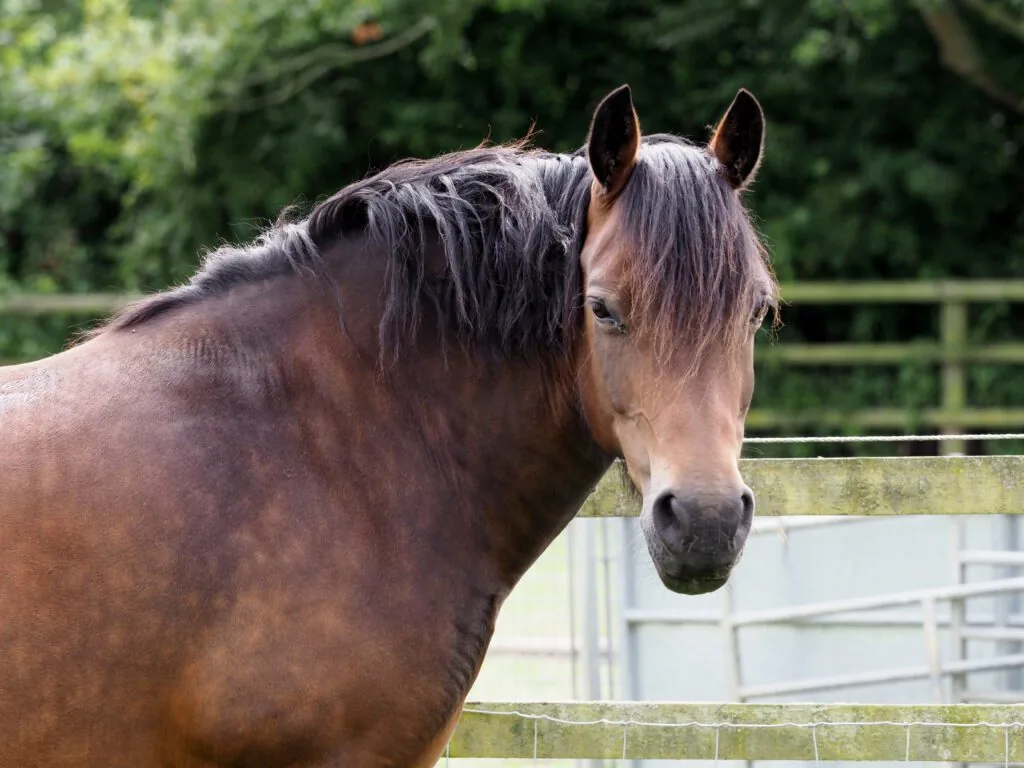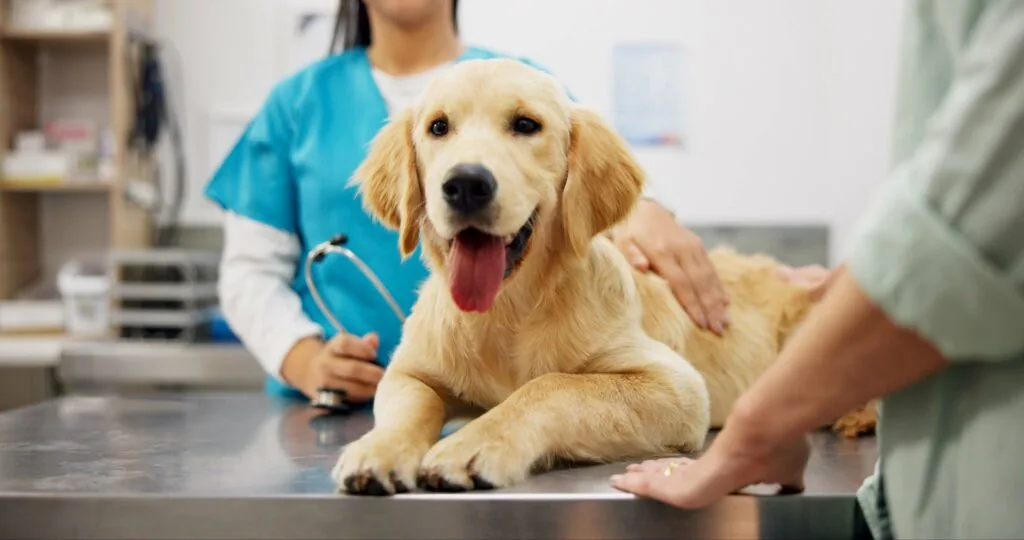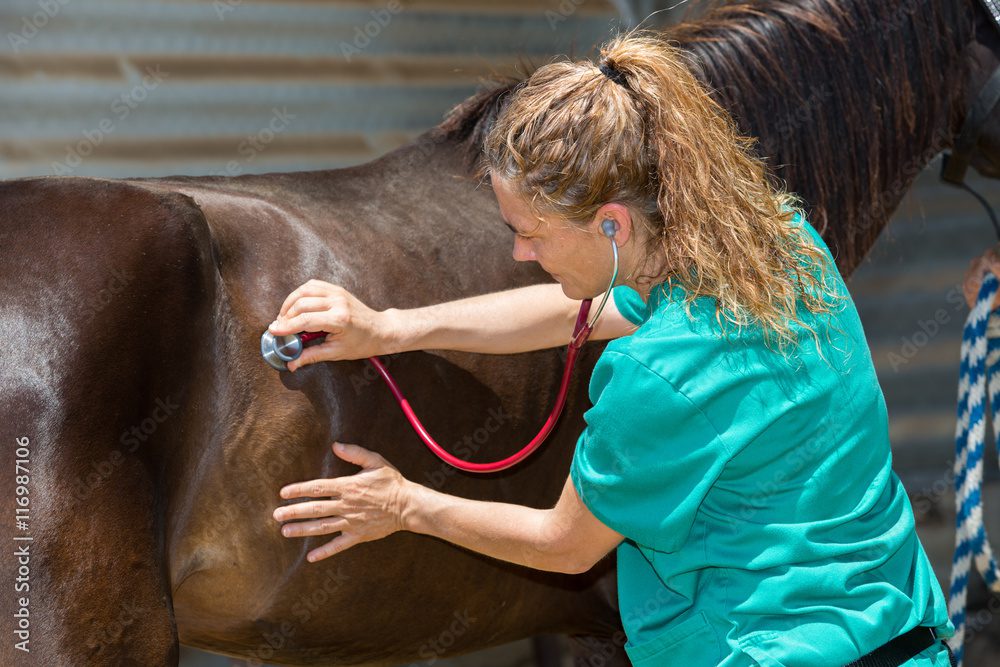Cat Owners: 9 Signs of Diabetes in Cats in Bowling Green, KY
Are you wondering if your cat has diabetes and what the main indicators of this condition are? As a pet owner, it is very important to be aware of these signs so that you can contact a veterinarian and get them the care that they need. In this article we will talk about the different types of diabetes in cats and the most common signs to look out for. We will also go over the best treatment method. Read on to learn more.
What is Diabetes in Cats?
A disorder where the pancreas fails to make enough insulin is called diabetes. Insulin is an important hormone that allows the body to release glucose into the blood. It also controls glucose transport to tissues in the cat’s body. If insulin works appropriately, it will deliver glucose into the blood and tissues and convert it to energy. If insulin in a cat’s body is impaired, it leads to high glucose in the blood.
The following explains the two main types of diabetes that occur in cats:
Type I Diabetes Mellitus
Diabetes type I is also called insulin-dependent diabetes, or IDDM. In this form, the pancreas does not generate insulin. This form of diabetes is not as common as type II diabetes, or NIDDM. If a cat has type I diabetes, they will need lifelong insulin injections.
Type II Diabetes Mellitus
Diabetes type II is also referred to as insulin-resistant diabetes. The main feature of diabetes type II is that it is distinguished by relative insulin deficiency. This scarcity means that even though the cat can generate adequate insulin, the tissues cannot utilize it. Diabetes type II is a common condition in cats. Overweight cats are the ones who are most at risk for developing the disease.
9 Signs of Cat Diabetes
As a pet owner, it is important to recognize the signs of cat diabetes so you can be aware and get them the care they need. There are multiple indicators to look out for.
Listed below are the 9 most common signs of diabetes in cats:
1. Increased Thirst
Cats with diabetes drink so much water because excess glucose floods into the urine and is transported with copious amounts of water. The body recognizes the loss of glucose, and the response is increased thirst. Cats typically get most of their water from the moisture in their food. If you see that your cat has been drinking an exorbitant amount of water, it may be a sign that they have diabetes.
2. Urinating Constantly
If your cat is drinking more, they will be making more trips to the litterbox. A significant reason for the increased urination is that the kidneys are trying to rid themselves of the excess amount of sugar. The urine produced by the kidneys drains water from the blood, making your cat extremely thirsty. If you notice your cat is urinating more frequently, do not hesitate to make an appointment with the veterinarian.
3. Extremely Hungry All the Time
Diabetic cats are usually hungry all the time. Since insulin facilitates the body’s use of sugar for energy, insulin deficiency indicates that the organs are not acquiring enough energy. It becomes a cycle of eating and quickly becoming hungry repeatedly and eating more throughout the day.
4. Losing Weight Despite Eating Constantly
If your cat is eating non-stop but is losing weight, it could signify that they have diabetes. This situation is because the diabetic cat’s body cannot perform normally. Even though there is a large quantity of sugar in the body, glucose is not converted into energy. The body will feed off other sources, such as proteins and fats, as a way to nourish itself. The result is weight loss.
5. Dry Fur and Skin
Diabetes can lead to your cat having a dry, flaky hair coat. It can be commonly seen in overweight cats, who become obese and cannot reach their back to clean themselves properly. A symptom of dry skin in cats is white flakes on their fur. Their coat may also be dull and lose its shine.
6. Behavioral Issues
Cats are like humans because they get grumpy when not feeling well. They may become withdrawn or not be as affectionate as usual. Your cat may also be sleeping more than usual. If you notice that your precious fur baby is not acting like themselves, you should take them to see the veterinarian.
7. Diarrhea or Vomiting
Cats suffering from more severe diabetes will break down their fat for energy. When this occurs, waste products are collected, which are called ketones. If ketones accumulate in the blood, they can trigger nausea and vomiting. When your cat has too many ketones in the blood is the result of ketoacidosis. It can be life-threatening, and if your cat is perpetually vomiting, you should take them to the emergency vet right away.
8. Lack of Energy
Cats who are diabetic are constantly hungry, but they keep losing weight. Some cats lose muscle mass, which makes them feel weak. Many cats with diabetes become lethargic or depressed. The cat will get to the stage where they no longer are interested in play or exercise. They typically cannot use the calories they eat, but they are always hungry. Take your feline to the veterinarian as quickly as possible if they show any of these signs.
9. Diabetic Neuropathy
If your cat has diabetes, you may see them limp or drag their limb, or they may even lose their balance and fall. Your cat may also be walking on their ankles. Another symptom is shaking and twitching skin or chewing on the affected area. If you see these warnings, your vet should evaluate them for diabetic neuropathy.
Treatment For this Condition
The best way to treat a cat with type II diabetes is by adjusting their diet. Feed them foods high in fiber, which will help regulate glucose in the blood and keep them fuller for longer. Your veterinarian can prescribe a special diet for obese or overweight cats. If modifying their diet does not solve the problem, your cat may need insulin injections or oral medications. You will collaborate closely with the vet to ensure you give them their medication correctly. Treatment will depend on how early diabetes is diagnosed.
Contact Southcentral Veterinary Services About Diabetes in Cats
As you can see, there are many signs to look out for to determine that your cat may have diabetes. If you notice any of the signs above, your cat should seek veterinary care so they can get the proper treatment for their condition. If you have any additional questions or would like to schedule an appointment for your cat to get checked out, contact Southcentral Veterinary Services in Bowling Green, KY by calling (270) 282-2564. Our team is dedicated to providing the best veterinary care possible for your precious pet and will find a treatment plan that works best.
Share This
Recent Posts
About Southcentral Veterinary Services
Southcentral Veterinary Services is here to ensure that you and your pet can access a variety of high-quality, progressive medical services. Our aim is to serve our patients and clients with integrity, compassion, and a focus on being your primary family vet.




